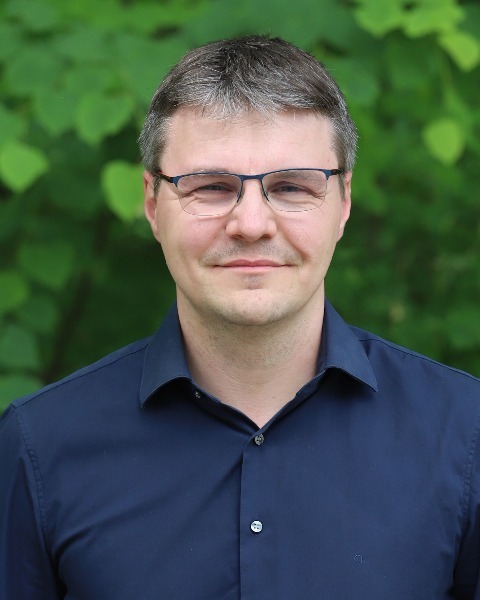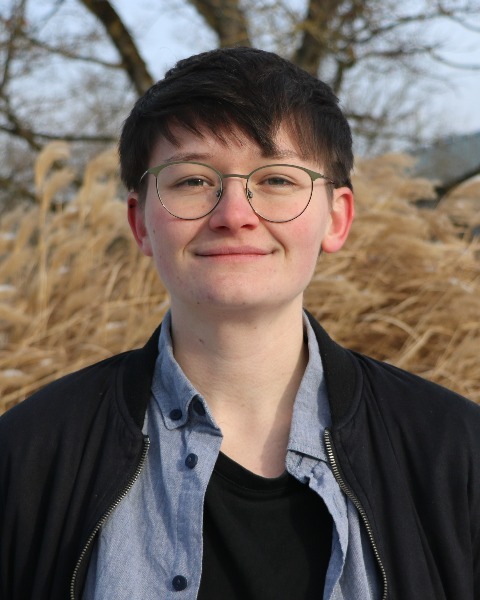
-
You must log in to register
- Non-member - $10
- Member - $8
- Student Member - $8
- Lab Member - $8
The EU Open Screen Data Mining Competition Results

Robert Harmel
Scientific Project and Industry Liaison Manager
EU-OPENSCREEN
Robert Harmel is a scientific project manager responsible for academic screening projects and industry engagement at EU-OPENSCREEN ERIC, a non-profit European research infrastructure for drug discovery. He studied organic chemistry at Nijmegen University and received a PhD in chemical biology from the Berlin Leibniz Institute for molecular pharmacology in 2020. Robert has experience in organic synthesis and the development of new analytical tools and assays for mass spectrometry, NMR and fluorescence. He is a co-author on 15 peer-reviewed scientific publications and comes with a broad understanding of chemistry, biology and analytics.

Wenyu Wang
Researcher
University of Helsinki
Wenyu Wanag is a researcher and data scientist working at the University of Helsinki. He has seven years of project experience in applying modern data science techniques to help cancer drug discovery. He is the winner of three international data science competitions on drug targets, drug sensitivity, and patient stratification.

Andrea Kopp
Student
LMU
Andrea Kopp has been interested in the life sciences since they studied chemistry and biochemistry at the Ludwigs-Maximilians-Universität (LMU) in Munich in 2016. Later, they joined the computer science program at LMU, where they recently finished their Bachelor of Science. In a joint project with Helmholtz Munich and LMU, Andrea compared the performance of different models within the Kaggle challenge: "1st EUOS/SLAS Joint Challenge: Compound Solubility", and developed the winning model. At the SLAS Europe 2023, they present their contribution to the challenge. Currently, Andrea is at the pharmacy department of LMU with a focus on finding novel potent drug candidates with a generative recurrent neural network.
